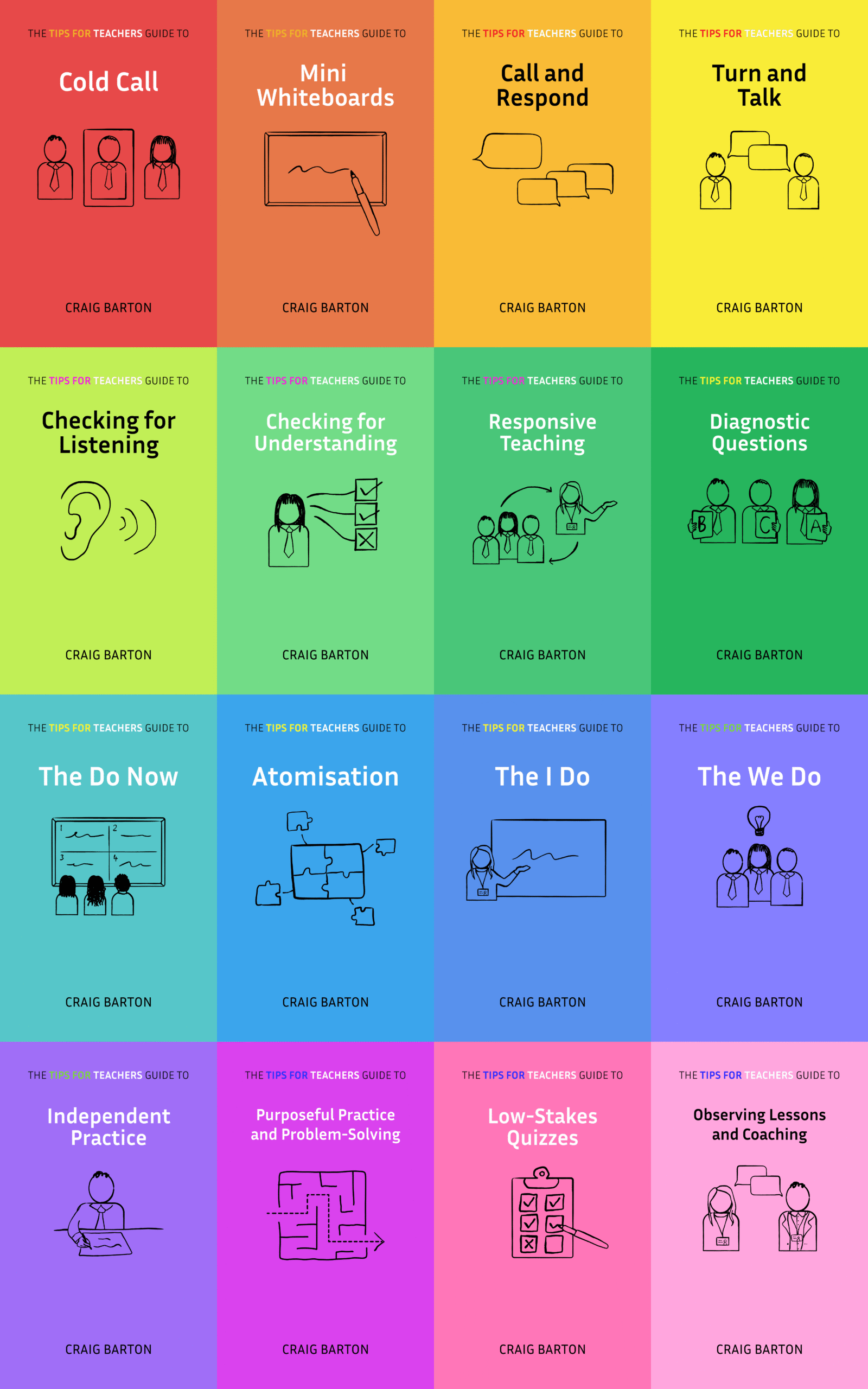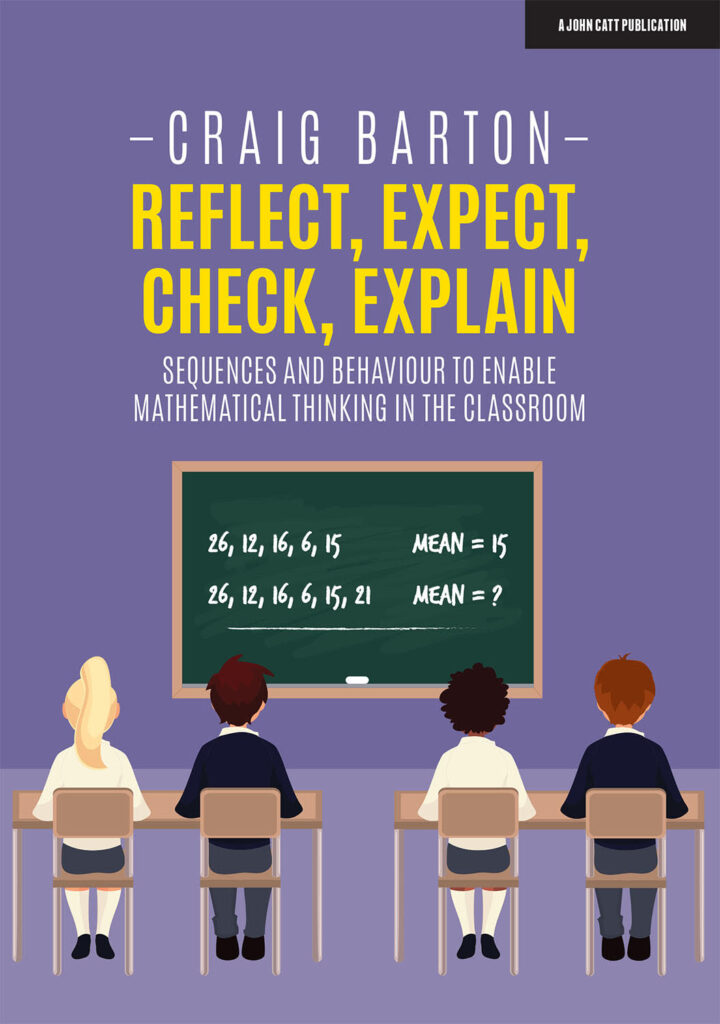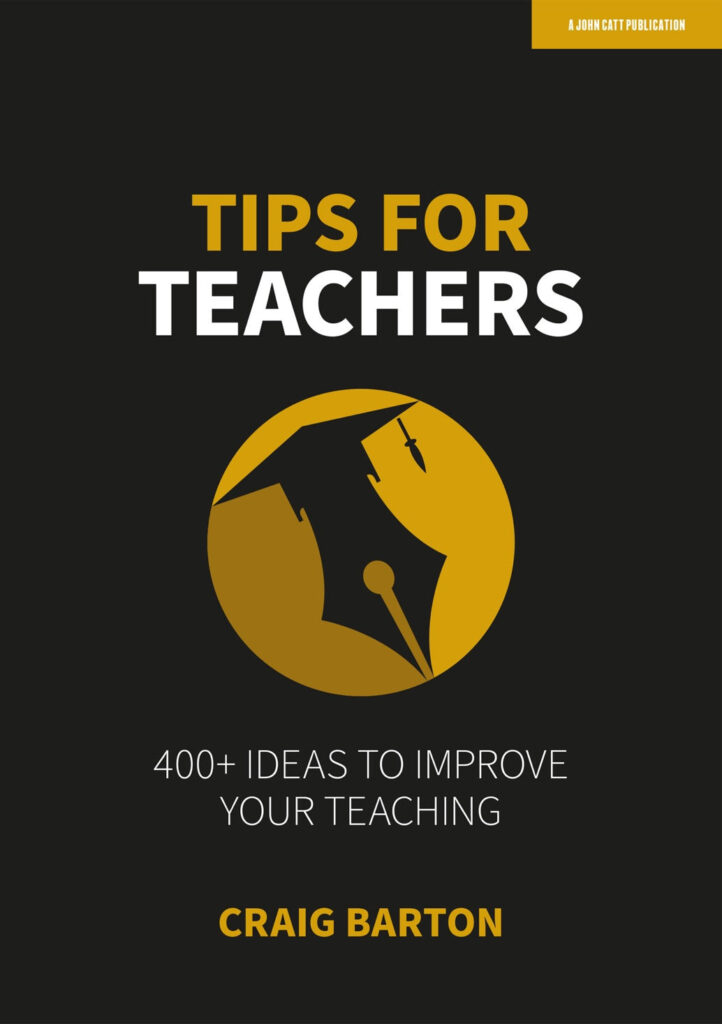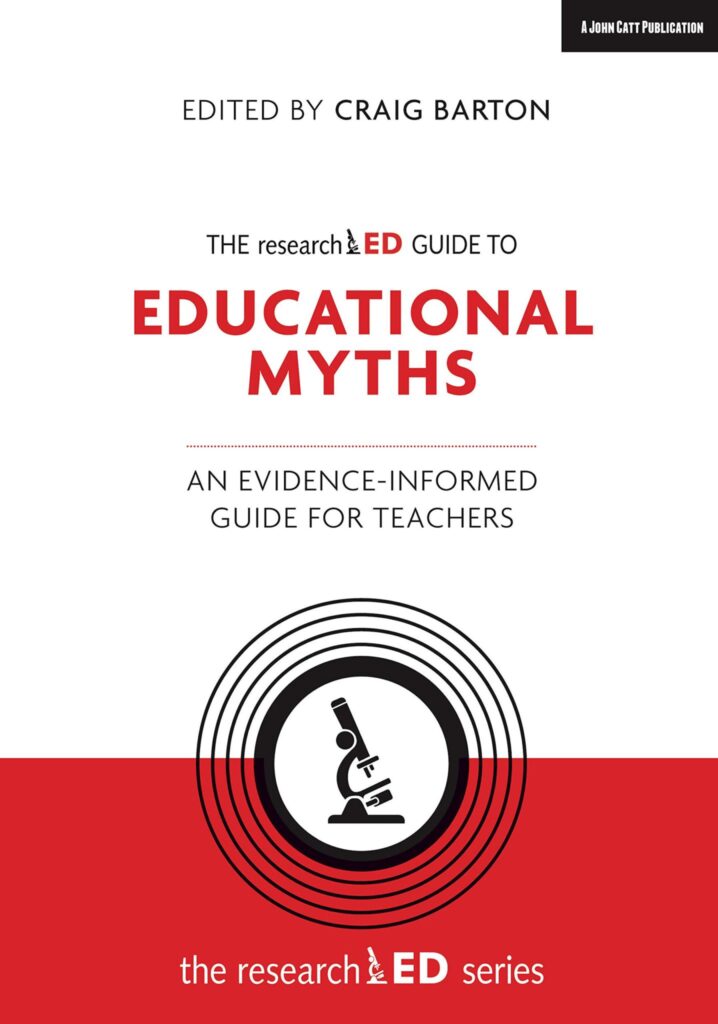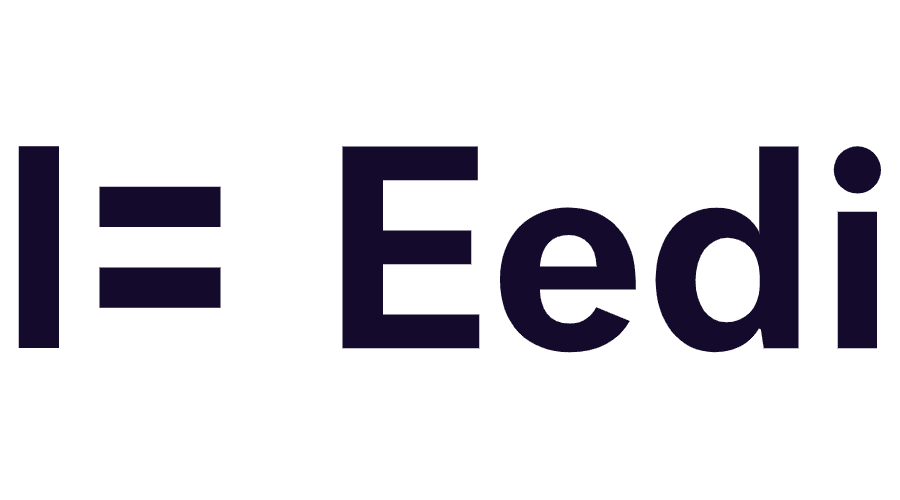Summary
This YouTube transcript discusses strategies for reducing pressure and anxiety in the classroom to improve learning. The core idea is to minimize humiliation and embarrassment by reframing challenges as “tricky” rather than “easy,” modifying questioning techniques to avoid singling out students, and sharing vulnerability to normalize mistakes. The speaker also addresses the potential negative impact of tools designed for mass participation and the use of labels like “smart,” advocating for fostering a growth mindset instead. Ultimately, the discussion emphasizes the importance of creating a supportive classroom culture where students feel safe to take risks and make mistakes.
What are the implications for teachers?
Based on the provided YouTube transcript, here are some implications for teachers to consider in order to depressurize learning for students:
- Minimize Humiliation and Embarrassment: Teachers should be aware that humiliation and embarrassment can be toxic to learning, and they should develop strategies to minimize and prevent these feelings in the classroom. This is a key aspect of good teaching.
- Avoid Using the Word “Easy”: Refrain from describing learning material as “easy” because it can be pressurizing for students who might be struggling. Instead, frame all learning as “tricky” and emphasize that with practice, things might feel easier.
- Reframe the Concept of Difficulty: Help students understand that learning is a process and that it’s natural to struggle. Avoid framing things as impossible, but rather as tricky.
- Change How You Ask Questions: Instead of immediately saying if a student’s answer is right or wrong, ask multiple students for their answers before providing the correct one. This takes the pressure off individual students and focuses on discussing the topic as a class.
- Be Aware of the Impact of Positive Feedback: Be mindful of how students who are getting answers right are reacting to their success, as this can negatively impact students who are struggling. Avoid having students call out “yes” when they get answers correct.
- Share Your Own Mistakes: If a student gets something wrong, share a time when you also got it wrong to reduce the social embarrassment. This can be a way to show that making mistakes is part of the learning process.
- Be Mindful of Mass Participation Tools: Tools of mass participation, such as mini whiteboards and ABCD cards, can create potential for embarrassment if students feel pressured to conform to the majority answer. It is important to consider the social dynamics when using these tools.
- Balance Pedagogy with Students’ Needs: Teachers need to find a balance between using the most effective pedagogical tools and ensuring students have a positive relationship with the subject matter. If students are struggling with social embarrassment, it may be necessary to tone down the use of certain tools, at least initially.
- Prioritize Student Success: Build a foundation of success before implementing challenging activities. It may be necessary to focus on activities where students will feel successful to build their confidence.
- Formative Assessment Includes Feelings: Assess students’ relationship with the subject, not just their understanding, and adjust teaching accordingly.
- Invest in Classroom Culture: Develop a classroom culture where students feel comfortable being wrong and understand that it’s a natural part of learning. If the class does not have this foundation of feeling like they can be successful, effective pedagogical tools will not work.
- Avoid Calling Students “Smart”: Do not describe kids as “smart” or “clever” because it suggests that their intelligence is an inherent trait rather than something they develop through learning. Focus on their accomplishments and what they can do, and avoid language that might make students feel pressure to always be right.
These points emphasize the importance of considering the emotional well-being of students in the learning process. Creating a classroom environment where students feel safe to make mistakes and are not overly pressured to perform is key to effective learning.

